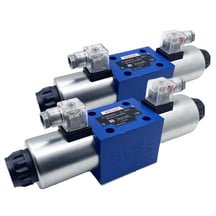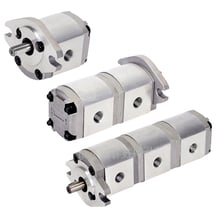How to Choose Hydraulic Valves in 2025
As we move into 2025, the hydraulic industry continues to evolve, with new technologies and materials shaping the way we design and use hydraulic systems. Choosing the right hydraulic valve is more critical than ever, as it directly impacts the efficiency, reliability, and longevity of your equipment. Here’s a practical guide to help you make the best decision.
2/19/20252 min read
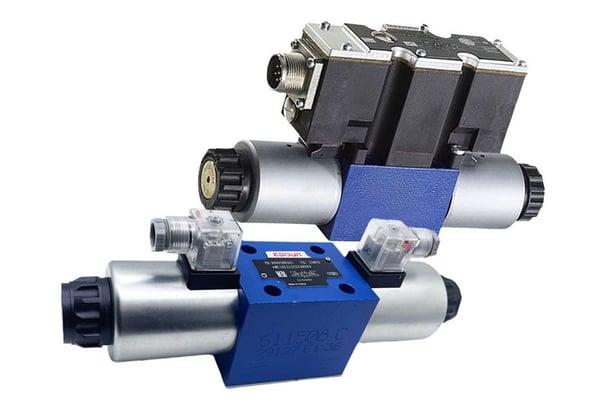

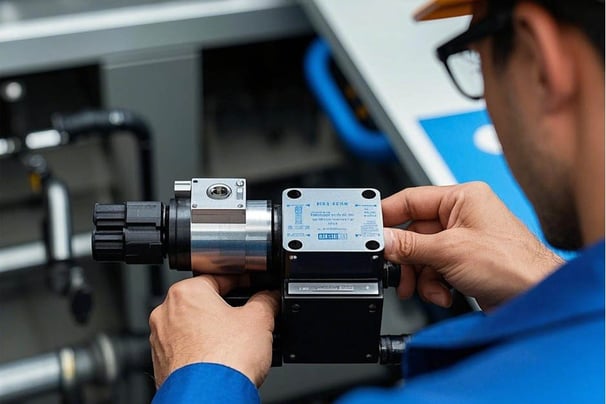

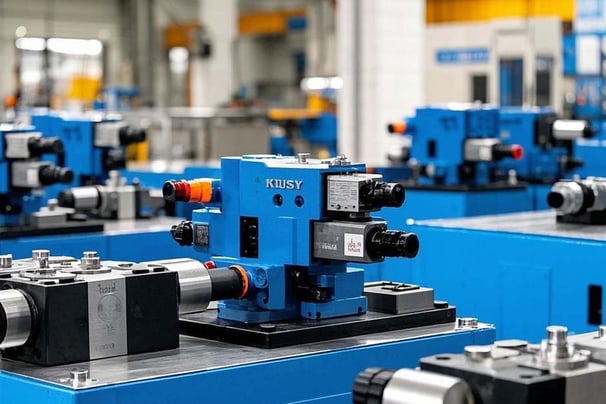

Understand Your System Requirements
Before selecting a hydraulic valve, you need to clearly understand your system’s requirements.
- Consider factors like flow rate, pressure range, and the type of fluid being used. Different applications—whether in construction, manufacturing, or agriculture—have unique demands.
- For example, high-pressure systems may require valves with robust materials to withstand stress, while low-pressure systems might prioritize cost-effectiveness.
Valve Type Matters
Hydraulic valves come in various types, each serves a specific purpose.
- Directional control valves manage the flow direction.
- Pressure control valves regulate system pressure.
- Flow control valves adjust the speed of actuators.
Choose the type that aligns with your system’s functionality.
Material and Durability
In 2025, advancements in materials science have introduced more durable and lightweight options.
Stainless steel, brass, and composite materials are commonly used. Consider the operating environment—corrosive or high-temperature conditions may require specialized materials to ensure longevity.
Finally, choose a reputable supplier who offers reliable after-sales support. In 2025, many suppliers provide online resources, training, and technical assistance to help you get the most out of your hydraulic valves.
In conclusion, selecting the right hydraulic valve in 2025 requires a balance of technical knowledge, forward-thinking, and practicality. By considering these factors, you can ensure optimal performance and future-proof your hydraulic systems.

